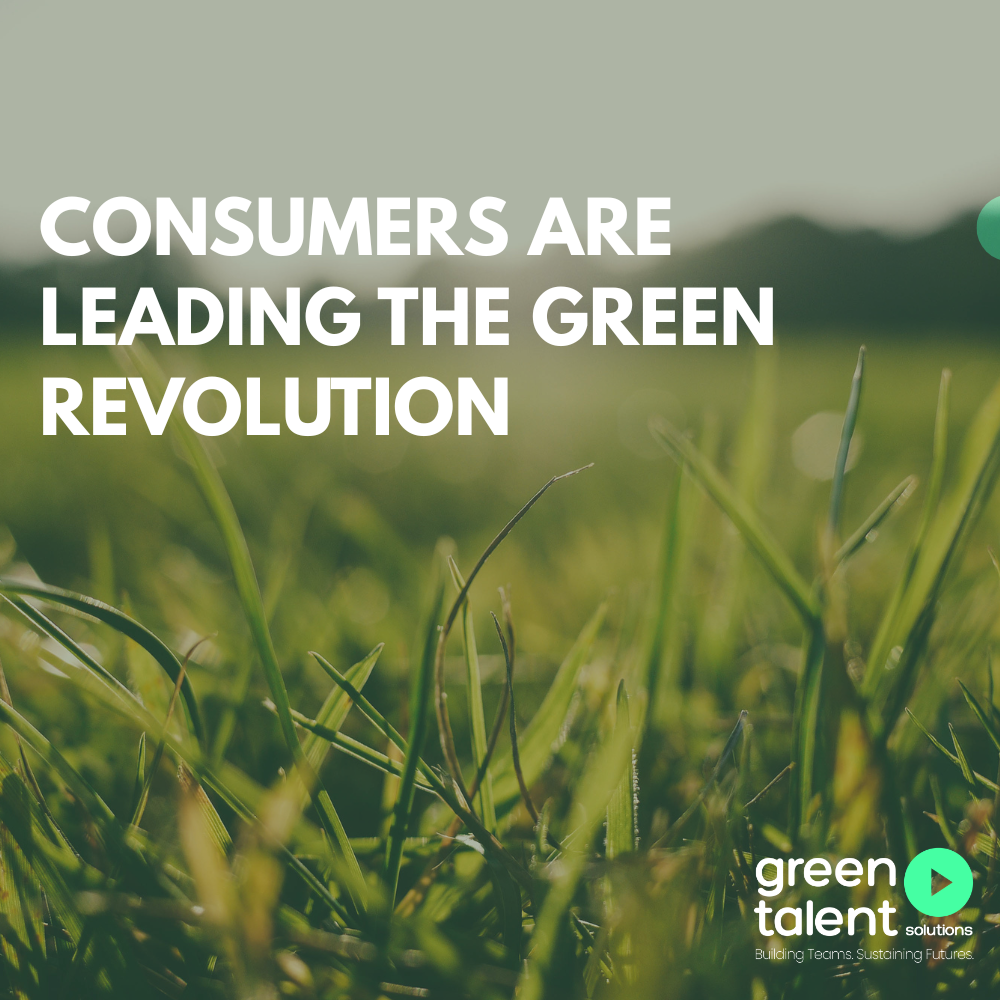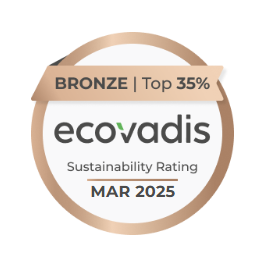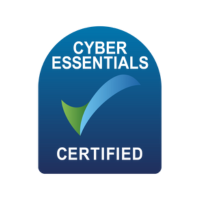The UK's Green Labour Market
Growth, Opportunities, and the Skills Gap
The UK's green economy is not just growing - it's accelerating. In 2024, green job postings surged by 9.2%, even as the overall job market contracted by 22.5%. This trend underscores a significant shift towards sustainability-focused employment across various sectors and presents a great opportunity for those who can upskill and transition into the green economy.
Green Jobs on the Rise
Key growth areas included waste management, energy-efficient products, low-carbon transport, and renewable energy.
The Confederation of British Industry (CBI) reported that the net-zero economy expanded by 10% in 2024, three times faster than the overall UK economy, contributing £83 billion in gross value added and employing nearly a million people. The Guardian
Sectoral Growth and Regional Highlights
The PwC Green Jobs Barometer highlighted that in 2024, green job adverts increased across all UK regions, with Scotland leading at 5.6% of total job adverts, followed by Northern Ireland at 4.0%. London saw the highest absolute number, with over 58,500 green job postings.
Sector-wise, the professional, scientific, and technical industries accounted for the largest share of green job adverts, followed by construction and retail. Notably, the energy sector had nearly half of its job adverts classified as green, reflecting a significant shift towards sustainable energy solutions.
In-Demand Roles and Skills
The demand for green skills is outpacing supply. LinkedIn's 2024 Green Skills Report indicated a 46% year-on-year increase in demand for green talent in the UK, while supply grew by only 5.3%. The demand is rising but the availability of trained professionals is not. This is creating the perfect conditions for a talent-led market where those with the essential skills that are in most demand being able to command their terms. Take a look at our articles on how to build a winning CV and LinkedIn profile to make yourself stand out.
Top in-demand green roles include:
- Sustainability Manager
- Renewable Energy Engineer
- Climate Change Analyst
- Carbon Accountant
- Environmental Consultant
Essential skills encompass renewable energy expertise, carbon footprint analysis, sustainable project management, and proficiency in environmental regulations. Power skills such as strategic planning and stakeholder engagement are also increasingly valued.
Addressing the Skills Gap
The UK's transition to a green economy presents both opportunities and challenges. The government estimates that around 3 million workers will require reskilling to meet net-zero targets.
Initiatives like the Energy Skills Passport aim to facilitate the transition of workers from traditional sectors to green industries. However, consistent investment in education, apprenticeships, and training programs is crucial to bridge the skills gap and ensure a sustainable workforce for the future.
Your Partner in Green Talent Acquisition
At Green Talent Solutions, we specialise in connecting organisations with top-tier green talent. Our expertise in recruitment positions us uniquely to support the UK's green transition.
Explore our solutions and reach out to the team to discover how we can assist your organisation in navigating the evolving green labour market.














